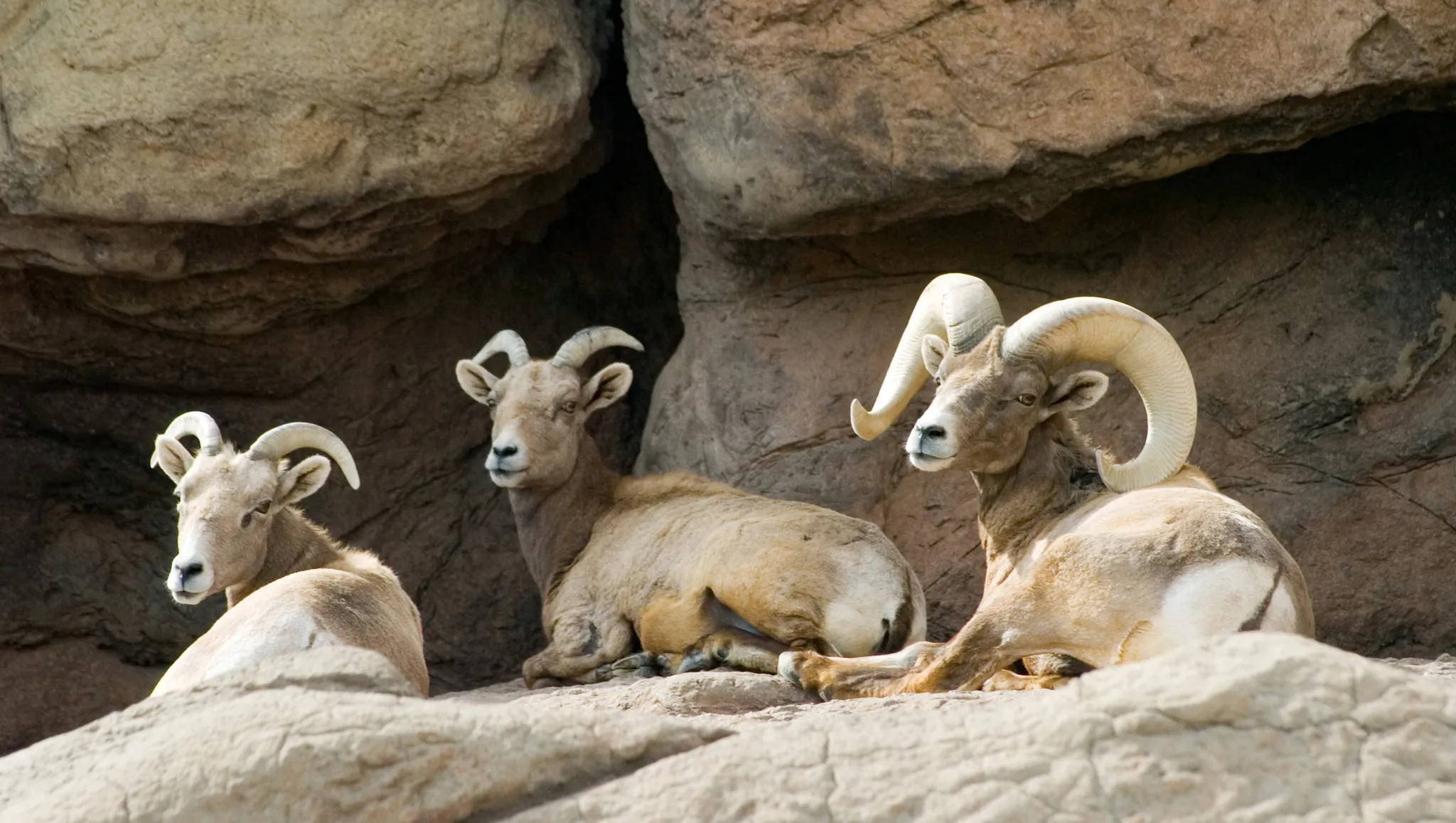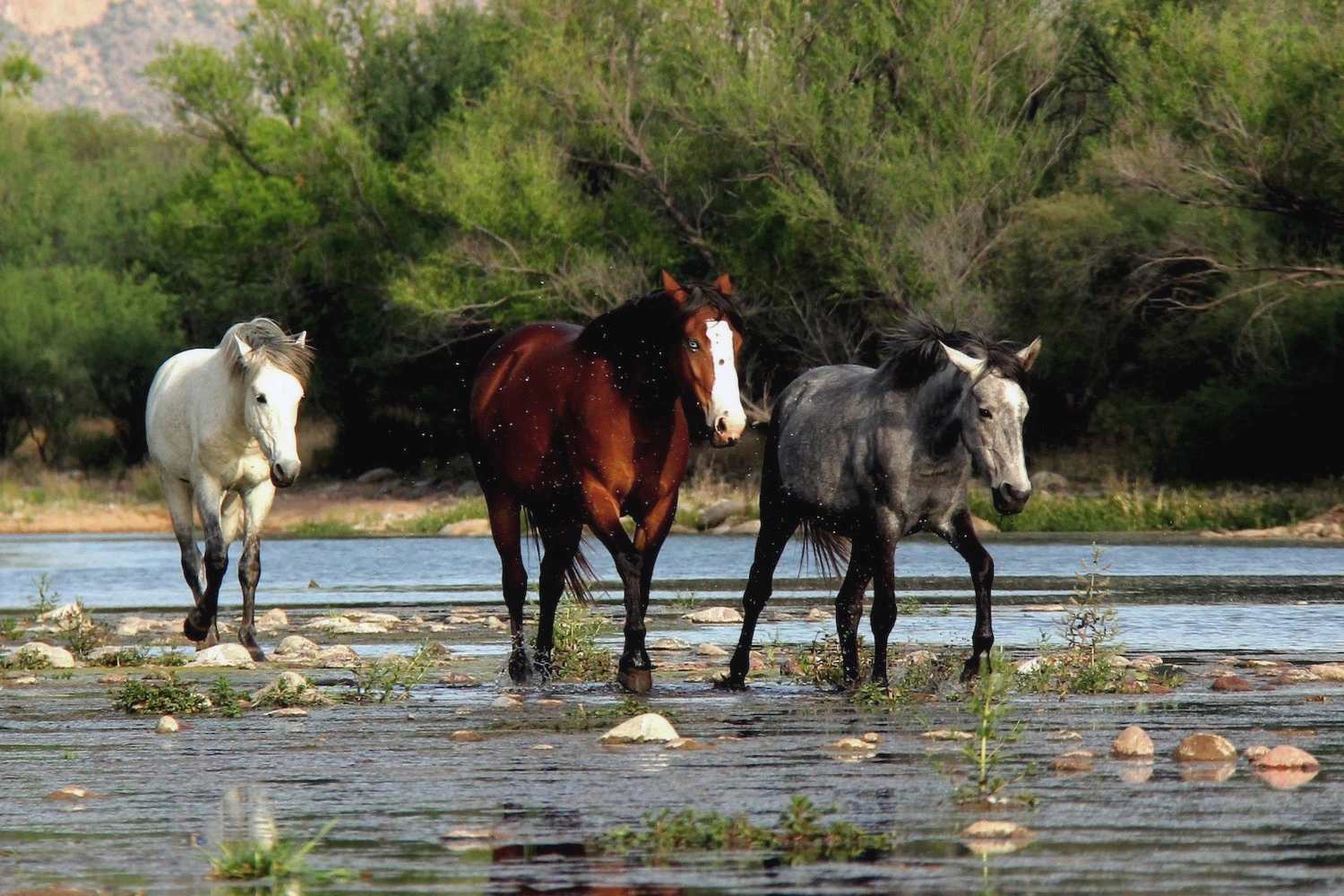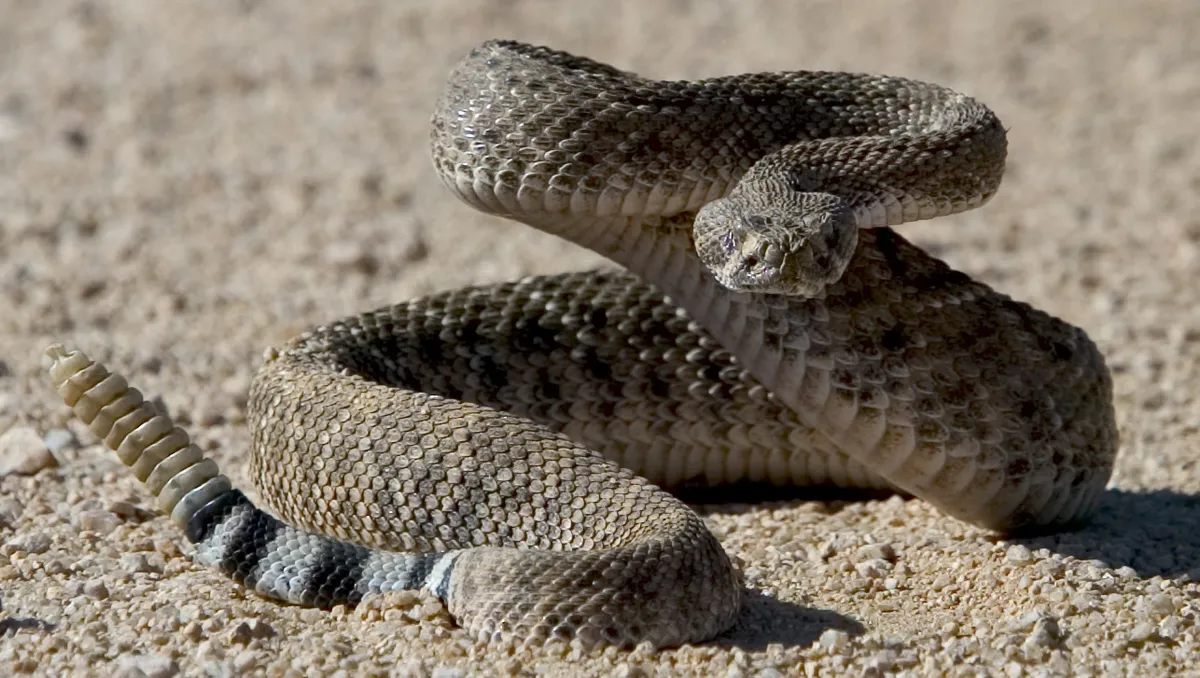This post is courtesy of the McFarland State Park and Visitor Center. Make sure to stop by on your visit to Florence to learn all about its history and the surrounding desert.
If you do not live in the Sonoran Desert, you may see some animals here that are new to you. It takes a special kind to live in the desert. It gets very hot in the summer, and there is not much water. Animals that live here must be able to survive these harsh conditions.
There are various ways the animals do this. Some rest during the heat of the day and are active at night when it is cooler. Some even burrow under the ground to keep cool. Many are rather light-colored since lighter colors reflect the hot sunlight instead of soaking up the heat. Some have tough skin to keep from losing moisture from their bodies. Many are small so they don't keep a lot of body heat, and they don't need as much water.
Below you will see some of the animals that makes their homes in the Florence area. Most of them are not common in other climates.
We hope you have the chance to visit Florence and see some of our incredible wildlife while you are here!
Jackrabbit

The jackrabbit is an amazing athlete. It has powerful back legs, and can run up to 40 miles per hour for half a mile. It can jump 15 feet. The jack eats grasses, leaves. and shrubs. It gets most of its water from eating cactus plants.
The jackrabbit is much larger than a cottontail rabbit. It can reach up to 10 pounds. and almost 2 feet in length. In fact, the jackrabbit is not actually a rabbit. It is a hare. Its babies are born with fur and with eyes open, and it lives above ground. A rabbit's babies are born furless with eyes shut, and it lives in tunnels underground.
Do you notice how you can see light through the jack's huge ears? The ears are very thin and are filled with blood vessels. This helps it cool down in hot weather. The jackrabbit also has fur on the bottom of its feet to protect its feet from the hot ground.
DESERT BIG HORN SHEEP

Living in areas with cliffs and mountains, Desert Big Horn Sheep are very light-footed. Even though the adults weigh 115-280 pounds, they can use ledges 2 inches wide, and jump 20 feet to another ledge. They are aided in this by their excellent eyesight and strong-gripping hooves.
Desert Big Horns eat grasses and leaves. When their usual water sources dry up in the heat of summer, they use their hooves and horns to remove the sharp spines from cactus, and eat the juices inside.
These animals are very social and live in herds. The males are distinguished by their huge curled horns. The females also have horns, but they are shorter and not as curled. The males compete for the females. Two males will charge at each other at more than 20 miles per hour and crash their foreheads together. The cracking sound can be heard a mile away!
GAMBEL'S QUAIL

With its chubby body and bobbing black topknot of feathers, the Gambel's Quail is a local favorite. They can be found near sources of water either natural or people's irrigated lawns.
These birds rarely fly. They prefer to run, and can run surprisingly well. A group of quails, called a covey, looks for food together. The adults eat seeds and plants, while the chicks eat insects. The male has copper colored feathers on the top of his head.
The male and female stay together for life. They spend a long time looking for just the right place for their nest. The mother lays 10 to 12 eggs. When time gets close for the eggs to hatch, the chicks start cheeping while still inside the egg. Right before hatching, the mother will call to her chicks. The chicks leave the nest a day after the hatch, and follow their parents around.
JAVELINA

The javelina (have-a-LEEN-a) is a medium sized mammal about 2 feet tall and weighing 35-55 pounds. Although javelinas look similar to pigs, and their noses are quite pig-like, they are from a different animal family.
These animals are herbivores (plant eaters.) They rest in the shade during the hot part of the day; during the hottest weather they may do their feeding at night. When there is a lack of rainfall, they get water from eating prickly pear cactus pads.
Javelinas live in large family groups. At night they sleep under overhanging rocks, in caves or under dense brush, they sleep huddled together for safety. Fun fact: At one time the javelinas' stiff hair was used for hairbrushes.
ARIZONA BARK SCORPION

The Arizona Bark Scorpion is the most poisonous scorpion in North America, and is common in the Sonoran Desert. Although it doesn't seek people out, it will sting if it feels threatened or when defending its babies. It has a stinger on the tip of its tail and delivers a very painful sting.
Bark scorpions have been in existence since before dinosaurs. They grow to about 3 inches long. Their food consists of beetles, spiders, and other insects, and they generally hibernate in the winter.
The female has 25-35 babies at a time, and the babies ride on their mother's back for up to 3 weeks.
Bark scorpions usually hide during the daytime and come out at night. They look neon blue if a black light shines on them.
WILD HORSE

If you are lucky, you might spot a small herd of wild horses in the local area. Also called mustangs, these majestic animals are known for their toughness and their wild and free spirit.
Wild horses will travel more than 30 miles to find water. They even use their hooves to dig in the ground for water. Somehow they can sense where to dig. They eat plants, even tumbleweeds and branches.
At one time there were large herds of wild horses roaming southern Arizona, along with
herds of bison. There are probably only 500 to 1000 now, with just a small herd near
Florence. They are all descendants of horses brought to North America during the Spanish conquest of the New World in the 1500's.
BOBCAT

The bobcat looks very similar to a housecat, but it is definitely wild. Two of its distinctive features are the tufts of fur at the top of the ears, and its short tail (3-7 inches.)
A bobcat is also bigger than a housecat, ranging from 15-35 pounds in weight and 2-3 feet long.
Although not rare, bobcats are not often sighted by humans. This is due to the fact that they are mainly active a few hours before sunrise, and a few hours after sunset. Their diet consists of small animals: mice, rabbits, rats and birds.
Bobcats are stealthy and quick hunters. They quietly place their back feet where their front feet left off, keeping the sound of their approach to a minimum when running they can reach up to 30 miles per hour, and they can jump as high as 12 feet.
ROADRUNNER

The desert is famous for roadrunners. They are easy to identify, with head crests and long tails. Roadrunners have two toes pointing to the front, and two to the back, making a distinctive X-shaped footprint. Roadrunners usually move on the ground, only flying when necessary, and can run up to 27 miles per hour.
Roadrunners eat insects, lizards, snakes and other birds, small mammals, fruits and seeds. They stay undercover while creeping up, then make a quick dash for their prey. Fun fact: Roadrunners even eat rattlesnakes!
During cold winter nights, roadrunners enter a state of listlessness to save energy. During the day they turn their backs to the sun, raise their feathers, and expose their black skin to the sun's heat in order to warm up. A male and female often stay together for life. This feisty pair defends their home territory, which can reach up to 250 acres.
SONORAN DESERT TOAD

If you are outside at night during the rainy monsoon season, you may see a Sonoran desert toad. They are hard to miss, being 7 inches or more in size. These are Arizona's largest toads, and live only in the Sonoran Desert. They hibernate underground most of the year. Since they are nocturnal (active at night), a summer night is when you most often see them.
Sonoran desert toads live at least 10 years, and can live up to 20 years. They mostly eat beetles, but large ones can eat lizards and mice.
When the toads are disturbed, glands in their skin produce a strong poison. This poison can kill a full-grown dog if the dog licks or mouths the toad.
COYOTE

Although coyotes look like medium sized dogs they are completely wild. Their food consists of fruits, as well as small animals and insects. They sleep and raise their pups in dens. Though they usually live in the wild, they are excellent at adapting to different environments, even living in human neighborhoods.
Coyotes can run up to 40 miles per hour. If you see a dog-like animal running, here's how you can tell whether it's a dog or a coyote: dogs run with their tails up; coyotes run with their tails down.
For centuries, the howling of coyotes has filled the night air of the Florence area. This "singing" keeps them in contact with their families, as well as communicating with other coyote families.
RATTLESNAKE

The rattlesnake is one of the most feared animals in the local desert. The sound of its rattle is a warning that it may soon strike with its poisonous bite. The Sonoran Desert has more different kinds of rattlesnakes than anywhere else in the world.
Rattlesnakes eat small animals such as mice, rats, lizards. and small birds. They have eyes, but they also have "heat vision." There are organs on their upper jaws that see infrared images by detecting heat. Human vision can not see infrared images. This ability lets rattlesnakes see other animals in the dark
and hunt at night.
Rattlesnakes are most easily distinguished by their rattles. The rattle is found at the tip of the tail and is made from a hard substance similar to fingernails. It grows in segments called buttons. There is nothing inside the rattle. The sound is made by the buttons bumping against each other as the rattle is
moved back and forth at least 60 times per second!



